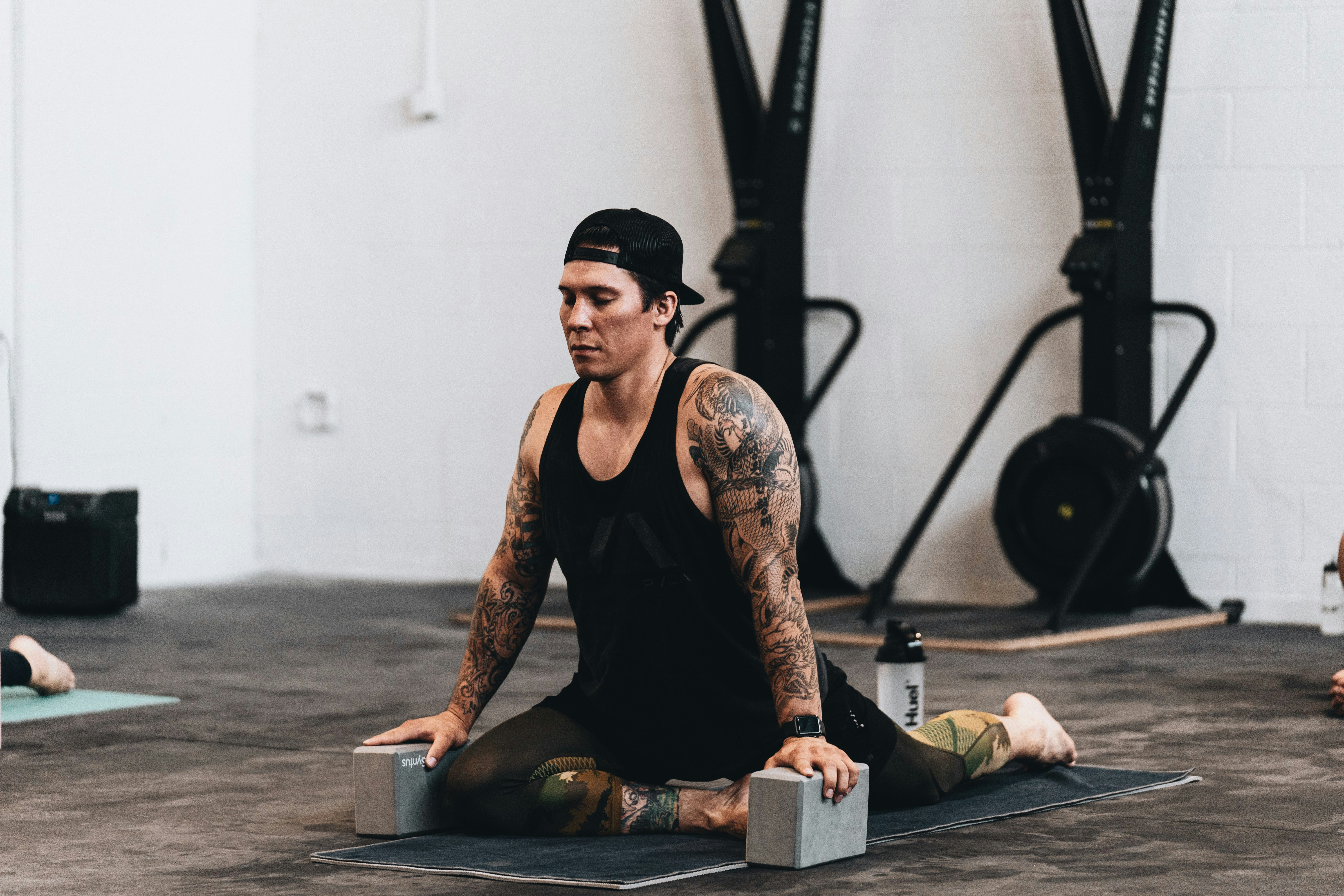For Teachers
Recognizing and Overcoming Burnout in Yoga Teachers

As yoga teachers, we’re tasked with guiding others to find peace, balance, and strength within themselves. We lead our students through postures, breathwork, and meditation to help them achieve a sense of wellness. However, there’s something I’ve personally experienced and witnessed in fellow instructors: the possibility of burnout. It’s not uncommon, but it’s something that we must take seriously. The idea of recognizing and overcoming burnout in yoga teachers is essential not only for our own health but also for the well-being of the students we teach.
In this article, I will share insights from my own journey and provide suggestions to help prevent or address burnout when it occurs. It’s a critical subject because yoga teachers, like any other professionals, can become overwhelmed by the constant demand of being “on” for others.
Understanding Burnout in Yoga Teachers
I’ve often found that yoga teachers are some of the most giving people. We dedicate our time, energy, and knowledge to our students. The teaching profession often demands that we put our own needs second to those of our students. While that is a beautiful thing, it can sometimes lead to burnout. I’ve been there—feeling emotionally, physically, and mentally drained. When you’re constantly teaching without taking the time to recharge, it can be easy to lose touch with your passion and energy. Yoga itself is meant to restore us, but when burnout sets in, that’s when we need to step back and focus on healing ourselves.
Burnout can sneak up on you. At first, you might feel fine and just a little tired. But if you continue pushing forward without addressing the warning signs, it can evolve into complete exhaustion, both mentally and physically. For me, recognizing when burnout was coming helped me take action before it took a real toll on my teaching and my personal life. So, what exactly does burnout in yoga teachers look like?
Recognizing the Signs of Burnout
Physical Exhaustion
The first sign I noticed in myself was physical exhaustion. Teaching multiple classes, adjusting students, and performing demonstrations day after day can be physically draining. What seemed manageable at first began to feel like a constant strain on my body. Yoga requires us to be present and active during our teaching, and when my energy levels were depleted, it became more difficult to stay engaged. That physical fatigue started to interfere with my ability to perform certain poses, which made me realize I needed to slow down and take time for myself.
Mental Fatigue
Mental exhaustion followed. As teachers, we are always “on” during class, whether we’re guiding students through sequences, adjusting their form, or offering encouragement. However, when burnout hits, it becomes hard to concentrate. My mind began to feel foggy, and my creativity was stifled. I found myself repeating the same sequences without adding new elements. When I reached this point, I realized that my passion for teaching was waning, and I couldn’t continue to guide students effectively if I wasn’t mentally present.
Emotional Drain
Another sign that I was heading toward burnout was emotional detachment. Yoga teachers are not just instructors—we are mentors, supporters, and guides for our students. When I became emotionally drained, I couldn’t connect with my students the way I used to. There was a distance that developed, and I found it harder to engage with my classes on a deeper level. This emotional fatigue was a huge red flag, and it prompted me to assess how much energy I was giving and receiving in return.
Decreased Enthusiasm
Finally, there was a significant drop in enthusiasm. As a teacher, I love sharing my knowledge and creating a welcoming space for students. But when burnout set in, I started to feel uninspired. The excitement I once felt about teaching new classes and trying creative sequences diminished. I found myself going through the motions without the same excitement that had initially drawn me to yoga teaching. This lack of inspiration was not only affecting my students but also eroding my connection to the practice itself.
How to Overcome Burnout
Prioritize Self-Care
Once I realized I was experiencing burnout, the next step was to prioritize self-care. As yoga teachers, we often put our students first, but it’s essential to remember that we can’t pour from an empty cup. Taking the time to rest and restore myself was critical. I made sure to take breaks, focus on getting enough sleep, and nourish my body with healthy food. One of the most important aspects of overcoming burnout for me was returning to my own personal practice. I made space in my schedule for my own yoga, meditation, and mindfulness practices—without the pressure of teaching.
Set Healthy Boundaries
Setting boundaries was another vital step in overcoming burnout. I had to accept that it was okay to say no. For a long time, I had been overcommitting to teaching as many classes as possible, thinking that it was the only way to be a “good teacher.” But I quickly realized that the more I said yes, the more I drained myself. So, I began to set clearer boundaries with my time and energy. I started limiting the number of classes I taught each week, which allowed me to focus on maintaining the quality of my teaching rather than simply pushing through sheer volume.
Seek Support
Another key to overcoming burnout was leaning on other yoga teachers and practitioners. I reached out to fellow instructors to share my feelings and listen to their experiences. It was reassuring to know I wasn’t alone in this. Seeking support from my community gave me new insights into how other teachers were dealing with burnout and how they navigated their way back to a place of balance. Sometimes, just knowing that others have experienced the same struggles can be incredibly healing.
Practice Mindfulness and Meditation
Mindfulness and meditation became central to my recovery. These practices allowed me to step back from the hustle and bustle of teaching and simply breathe. I began incorporating more mindfulness into my own daily routine—whether that was through morning meditation, mindful walks, or just taking a few moments during the day to center myself. These practices helped me clear my mind and refocus on what truly mattered, both in my personal life and my teaching.
Adapt and Evolve
Lastly, I embraced the idea of adapting and evolving. I realized that it was okay to change the way I approached teaching. I didn’t have to stick rigidly to my old ways or constantly push myself. I began experimenting with new teaching styles and more flexible class structures. This change helped reignite my passion for yoga and allowed me to approach teaching in a way that felt more sustainable for me.
Conclusion
Recognizing and overcoming burnout in yoga teachers is essential for long-term well-being and the continued success of your practice. By taking the time to listen to your body, mind, and emotions, and by setting boundaries, seeking support, and incorporating self-care, you can restore your energy and passion for teaching. Yoga is a lifelong practice, and to continue sharing its benefits with others, we must first ensure that we are taking care of ourselves. So, if you’re feeling burned out, know that it’s okay to pause, reflect, and make the changes necessary to reconnect with your passion for yoga.










